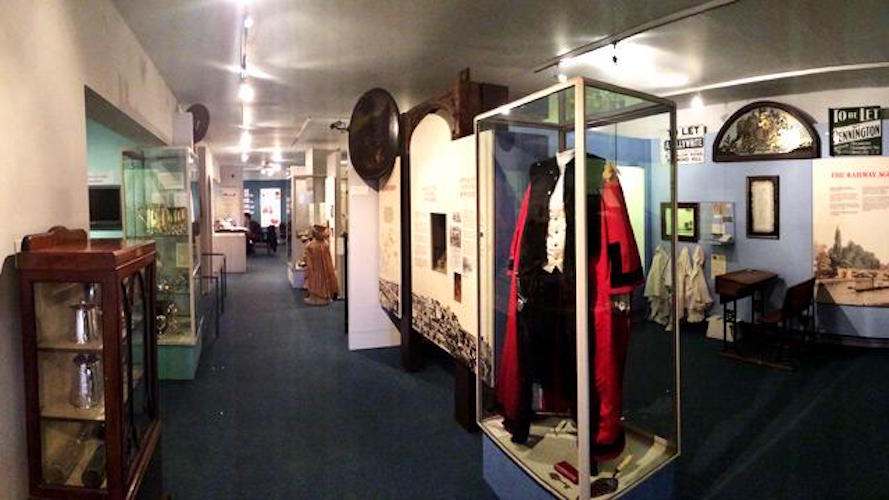Members of the London Assembly’s regeneration committee had a live demonstration of City Hall’s interactive, open source culture map yesterday.
It provides the first comprehensive picture of culture in the capital, from pubs, grassroots music and LGBT+ venues to museums, libraries, theatres, cinemas, creative workspaces and listed buildings
The numbers are big – 263 theatres, 165 museums and galleries, 300 music venues offering 17,000 performances a year, 3,500 pubs, 345 libraries and more than 19,000 listed buildings.
Alongside the well-known – the British Museum, Tower of London and the O2 arena, which is currently the most popular music venue in the world – borough by borough mapping shows Hackney top of the league for grassroots music venues, creative workspaces, artists’ and music studios, Westminster top for pubs and LGBT+ venues and Richmond hosting the highest number of museums and public galleries outside Zone 1.
The map provides timely, accessible data and reveals London’s cultural diversity fully for the first time, GLA assistant director of culture and creative industries Shonagh Manson told the meeting. Its information on clusters or the absence of cultural infrastructure, transport links and even propensity to buy tickets for cultural events by area would support London and borough planning.
But the data also revealed the challenges facing London’s cultural scene, Manson said – a quarter of pubs and a third of grassroots music venues lost in the past 10 years, a “catastrophic” 61 per cent fall in the number of LGBT+ venues between 2006 and 2016, and a quarter of artists’ workspaces under threat, with 14,000 artists on waiting lists for studios.
Assembly members highlighted local theatres currently at risk, including the Intimate Theatre in Palmers Green, where Richard Attenborough made his debut, which is threatened by redevelopment, and Peter Hall’s Rose in Kingston, jeopardised by council funding cuts.
The problem was a familiar cocktail of high land values and business rates, rising rents, lack of capital funding, ageing stock and displacement from neighbourhoods where creative businesses were often the harbingers of wider development and regeneration, said Manson.
And it all matters because the creative sector as a whole is growing faster than any other in the UK economy, generating more than £52 billion GVA (gross value added) in the London economy in 2017 and accounting for one in six jobs in the capital.
With limited powers, City Hall’s role in keeping London creating lay in policy, strategic interventions and “getting the right people round the table”, Manson said, highlighting the cultural infrastructure plan, launched in March this year, setting out guidance and an online “cultural infrastructure toolbox” for retaining and creating cultural facilities.
The Mayor’s culture at risk office, set up under the cultural infrastructure plan, had already dealt with 350 cases of cultural venues under threat, and Khan had taken the lead in providing £4 million start-up funding for the creative land trust, a new charity buying and leasing permanent creative workspace, she added.
Alongside major investment, such as £70 million for the new Museum of London site at West Smithfield and backing for the East Bank Olympic site scheme, including new Sadlers Wells, Victoria and Albert Museum and London College of Fashion bases, initiatives included the culture seeds micro-grant programme for grassroots projects, the London borough of culture scheme worth £1.35 million to recipients and £11 million funding for six creative enterprise zones scheduled to deliver 3,500 jobs and more than 40,000 square meters affordable workspace.
Quizzed on the value of City Hall funding for the Brixton zone, Lambeth Council cabinet member Matthew Bennett stressed its economic and wider benefits: “We have the South Bank, so there was a temptation to say we are strong on culture. We are now looking much more at the local level, with a real sense of shared purpose.”
The Brixton zone included the largest affordable workspace building in Europe, also the first Living Wage building in the country, alongside schools programmes and start-up support, he added.
Conservative AM Tony Arbour added a note of caution about sustainability and reliance on public funding. “It can come back to bite the council taxpayer,” he said. The GLA is a small funder focused on seed funding, said Manson, adding that the Mayor could also have a role in lobbying for appropriate tax breaks for philanthropy.
The Mayor’s overall Culture Strategy, launched in December last year, can be read here. Image: Museum of Richmond.

